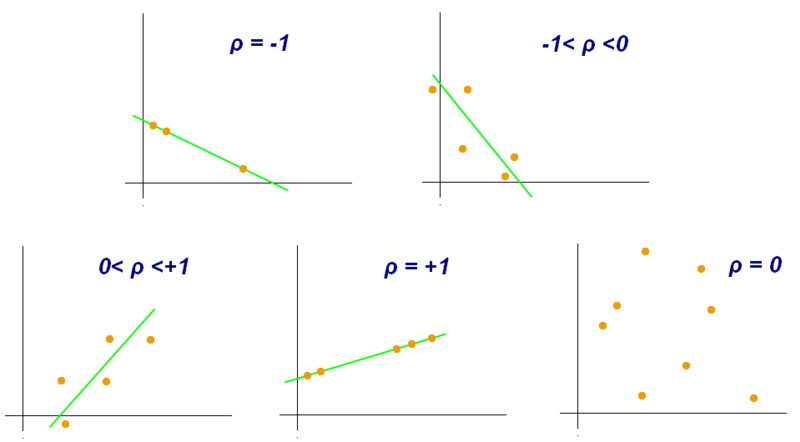But then there's ones like 2,4,8,10,8,4,2 in a "/\" shape ... = 0.5 maybe?!?
I've come up with a couple of methods which are in the ballpark but clearly missing the mark!
does anyone know of any ways? sad to say my googling for this was fruitless
Code: Select all
Procedure.d Linearity(*buf.Ascii, len)
Protected totdev.d, max.d, expdev.d, *p.Ascii = *buf, exp.d
min = 255+1: minpos=1
For i = 1 To len
If *p\a > max: max = *p\a: maxpos=i: EndIf
If *p\a < min: min = *p\a: minpos=i: EndIf
*p+1
Next i
If maxpos => minpos: direction=1: Else: direction=-1: EndIf
expdev.d = ((max-min) / (len-1)) * direction
If direction = -1: exp=max: Else: exp=min: EndIf
*p = *buf
For i = 1 To len ;+ 1
totdev + Abs(exp - *p\a)
;Debug Str(i) + " Expected " + exp + " but actually " + Str(*p\a) + ", diff=" + Str(Abs(exp - *p\a))
exp + expdev
*p+1
Next i
ProcedureReturn totdev/len
EndProcedure
Procedure.d Linearity2(*buf.Ascii, len)
Protected totdev.d, max.d, expdev.d, *p.Ascii = *buf, exp.d
*p = *buf
For i = 1 To len ;+ 1
delta = *p\a - lastdelta
deltadiff = Abs(lastdelta - delta)
totdev + deltadiff
lastdelta = delta
*p+1
Next i
ProcedureReturn totdev/len
EndProcedure
#NUMVALS=10
Debug Linearity(?X1, #NUMVALS)
Debug Linearity(?X2, #NUMVALS)
Debug Linearity(?X3, #NUMVALS)
Debug Linearity(?X4, #NUMVALS)
Debug Linearity(?X5, #NUMVALS)
Debug Linearity(?X6, #NUMVALS)
DataSection
X1:
Data.a 0,255,0,255,0,255,0,255,0,255 ;= "0.0"
X2:
Data.a 2,4,6,8,10,12,14,16,18,20 ;= "1.0"
X3:
Data.a 20,18,16,14,12,10,8,6,4,2 ;= "1.0"
X4:
Data.a 2,4,6,8,10,11,12,16,18,20 ;= ?
X5:
Data.a 2,4,6,8,10,17,17,16,18,20 ;= ?
X6:
Data.a 2,4,6,8,10,10,8,6,4,2 ;= ~0.5?
EndDataSection

